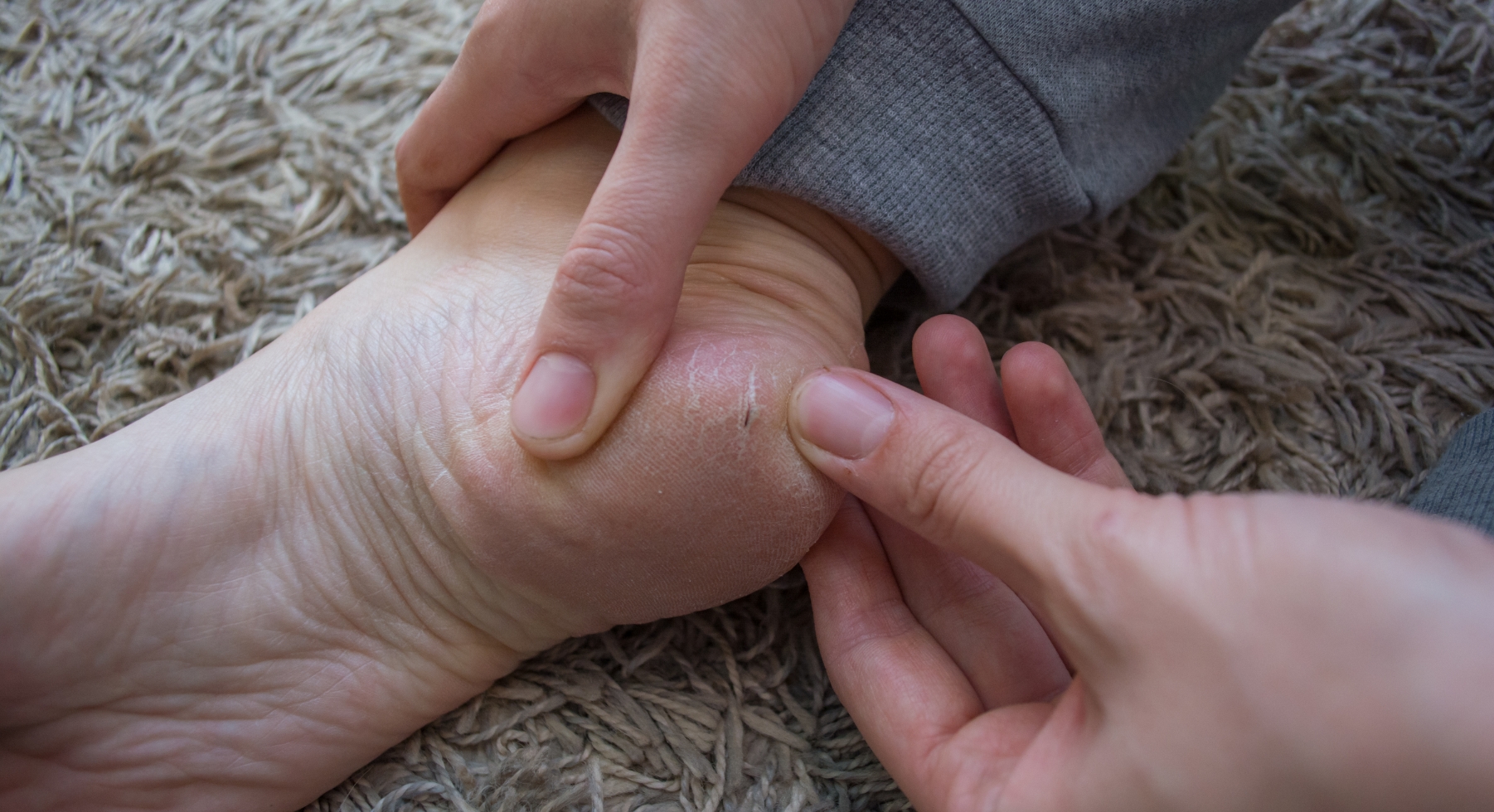Diabetes and Chronic Wounds

The normal wound healing process involves four stages, including the hemostasis stage, inflammation stage, proliferation stage, and remodeling stage. In a typical wound healing scenario,
after the hemostasis stage, the inflammation stage lasts for approximately 3 days, following which it transitions into the proliferation stage. The proliferation stage can last for 3-21
days, and subsequently, the wound enters the longer remodeling stage.
When a wound does not progress through the mentioned healing process and remains in the inflammation stage for
an extended period, it can lead to the phenomenon of excessive inflammation, resulting in chronic wounds. This category of wounds includes diseases such as diabetic foot ulcers (DFU) and
pressure sores.
The normal wound healing process involves four stages, including the hemostasis stage, inflammation stage, proliferation stage, and remodeling stage. In a typical wound healing scenario,
after the hemostasis stage, the inflammation stage lasts for approximately 3 days, following which it transitions into the proliferation stage. The proliferation stage can last for 3-21
days, and subsequently, the wound enters the longer remodeling stage.
When a wound does not progress through the mentioned healing process and remains in the inflammation stage for
an extended period, it can lead to the phenomenon of excessive inflammation, resulting in chronic wounds. This category of wounds includes diseases such as diabetic foot ulcers (DFU) and
pressure sores.
Chronic wounds are a common complication among diabetic patients, primarily because the wounds remain in the inflammatory stage for an extended period, hindering the smooth transition to
the proliferation stage and causing prolonged non-healing. Many DFU patients lack awareness of the severity of the disease, leading to delayed treatment. Additionally, a lack of disease
management and out of control further contributes to the eventual outcome of lower limb amputation.
This article will analyze the factors affecting the healing of DFU, providing an
explanation.

Factors Affecting Wound Healing
- Hemoglobin A1c (HbA1c):
When glucose in the blood binds to hemoglobin in red blood cells, it forms glycated hemoglobin. Since red blood cells have an average lifespan of 120 days and glucose attaches to hemoglobin, checking the concentration of glycated hemoglobin in the blood can reflect the blood sugar control over the past 2-3 months. According to research literature, for each 1% increase in HbA1c, the wound healing area in diabetic foot ulcer patients decreases by 0.028 cm2 per day. Similar findings have been observed in other clinical studies. These results indicate that blood sugar control is a significant factor affecting ulcer wound healing. Therefore, DFU patients need better management of blood glucose levels to promote wound healing.
- Wound Duration:
For DFU, prolonged non-healing of wounds increases the risk of infection and amputation. Therefore, DFU patients should seek early medical treatment upon discovering wounds to enhance wound healing rates and reduce the risk of amputation.
(Photo credit: ShutterStock)
-
Reference:
- Grubbs H, Manna B. Wound Physiology. 2023 May 16. In: StatPearls [Internet]. Treasure Island (FL): StatPearls Publishing; 2023 Jan–. PMID: 30085506.
- Andrea L. Christman, Elizabeth Selvin, David J. Margolis, Gerald S. Lazarus and Luis A. Garza. Hemoglobin A1c Predicts Healing Rate in Diabetic Wounds. Journal of Investigative Dermatology advance online publication, 23 June 2011; doi:10.1038/jid.2011.176
- 什麼是糖尿病足。傷口照護服務網:https://www.wound-care.com.tw/k-DMF, Accessed in Nov 2023
